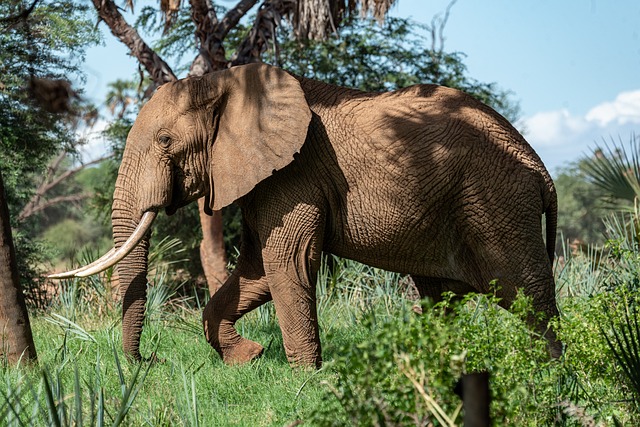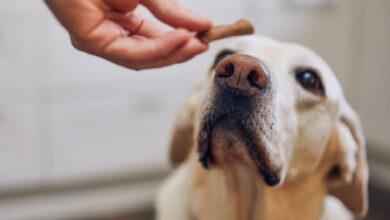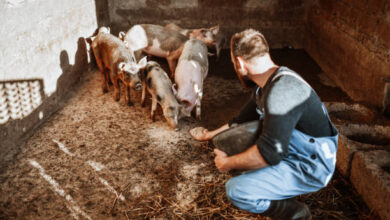What Animal Has the Best Sense of Smell?

What Animal Has the Best Sense of Smell?
In the vast and varied animal kingdom, the sense of smell plays a critical role in survival, hunting, and communication. While humans rely heavily on sight and sound, many animals depend on their olfactory abilities to navigate their world. So, what animal has the best sense of smell? Let’s explore the top contenders and uncover the secrets behind their extraordinary sniffing powers.
Understanding the Importance of Smell in the Animal Kingdom
- The Role of Olfaction in Survival
For many animals, a keen sense of smell is essential for finding food, avoiding predators, and locating mates. Olfaction, or the sense of smell, allows creatures to detect changes in their environment, track prey, and recognize territory. It’s a vital tool for survival, particularly in dense forests, deep oceans, and wide-open savannas where visual cues might be limited.
- Comparing Animal Senses
While some animals rely on acute vision or hearing, others have developed remarkable olfactory capabilities. Unlike humans, who have approximately 5-6 million olfactory receptors, some animals boast hundreds of millions, giving them an unparalleled ability to detect and interpret scents.
Top Animals with Extraordinary Smell Abilities
- African Elephants: The Ultimate Scent Trackers
African elephants are known for their incredible sense of smell, which they use to locate water sources up to 12 miles away. Their trunks are equipped with millions of receptor cells, allowing them to pick up even the faintest scents. This ability is crucial during dry seasons when water is scarce.
- Dogs: Man’s Best Friend with an Incredible Nose
Dogs, especially breeds like bloodhounds, have an extraordinary sense of smell, estimated to be 10,000 to 100,000 times more sensitive than humans. They are used in search and rescue missions, drug detection, and medical diagnostics due to their ability to track scents over long distances and through complex environments.
- Moths: The Masters of Pheromone Detection
Male moths can detect female pheromones from miles away, making them masters of chemical communication. Their highly specialized antennae are tuned to pick up even single molecules of these chemical signals, guiding them to potential mates with incredible accuracy.
- Sharks: The Ocean’s Keen-Nosed Predators
Sharks have an exceptional sense of smell that allows them to detect a drop of blood in an Olympic-sized swimming pool. This olfactory ability helps them locate prey over vast distances in the ocean, making them efficient hunters.
- Bears: The Wilderness Scent Experts
Bears possess a sense of smell that is seven times better than a bloodhound’s. They rely on this ability to find food, such as carcasses or berries, from miles away. Their olfactory prowess is critical for survival in the wild, where food sources can be sparse and spread out.
How Do Animals Develop Such Strong Olfactory Senses?
- Genetic Factors
The genetic makeup of these animals plays a significant role in their olfactory capabilities. The number of olfactory receptor genes varies among species, with some animals having a far greater number than humans, enabling them to detect a broader range of scents.
- Evolutionary Adaptations
Over millions of years, natural selection has favored animals with strong olfactory senses. Those with better smelling abilities were more successful in finding food, avoiding predators, and reproducing, passing these advantageous traits to their offspring.
The Science Behind Animal Olfaction
- Anatomy of Animal Noses
The physical structure of an animal’s nose contributes significantly to its sense of smell. For instance, the long nasal passages in dogs and elephants increase the surface area for olfactory receptors, enhancing their ability to detect scents.
- Olfactory Receptors and Their Function
Olfactory receptors are proteins found in the nasal cavity that bind to odor molecules. The more receptors an animal has, the more sensitive its sense of smell. For example, dogs have around 300 million olfactory receptors compared to humans’ 5-6 million.
You May Love To Read
Which Animal is the Dumbest? Least Intelligent Animal
Human Applications of Animal Smell Abilities
- Search and Rescue Operations
Dogs’ superior sense of smell makes them invaluable in search and rescue operations. They can locate missing persons, even in challenging environments like rubble after an earthquake or dense forests.
- Medical Detection Dogs
Trained dogs can detect diseases such as cancer, diabetes, and infections by smelling biological samples. Their ability to identify volatile organic compounds associated with these diseases is revolutionizing early detection and diagnosis.
- Wildlife Conservation Efforts
Animals with keen olfactory senses are used in conservation efforts. For instance, dogs help track endangered species by following their scent trails, aiding researchers in monitoring populations and protecting habitats.
Conclusion
From African elephants to bloodhounds, many animals possess extraordinary olfactory abilities that far surpass our own. These skills are not just fascinating but also crucial for their survival. Understanding and appreciating these animals’ capabilities can inspire efforts to protect their habitats and ensure their continued existence. Have you ever witnessed an animal’s remarkable sense of smell in action? Share your experiences and thoughts in the comments below!




